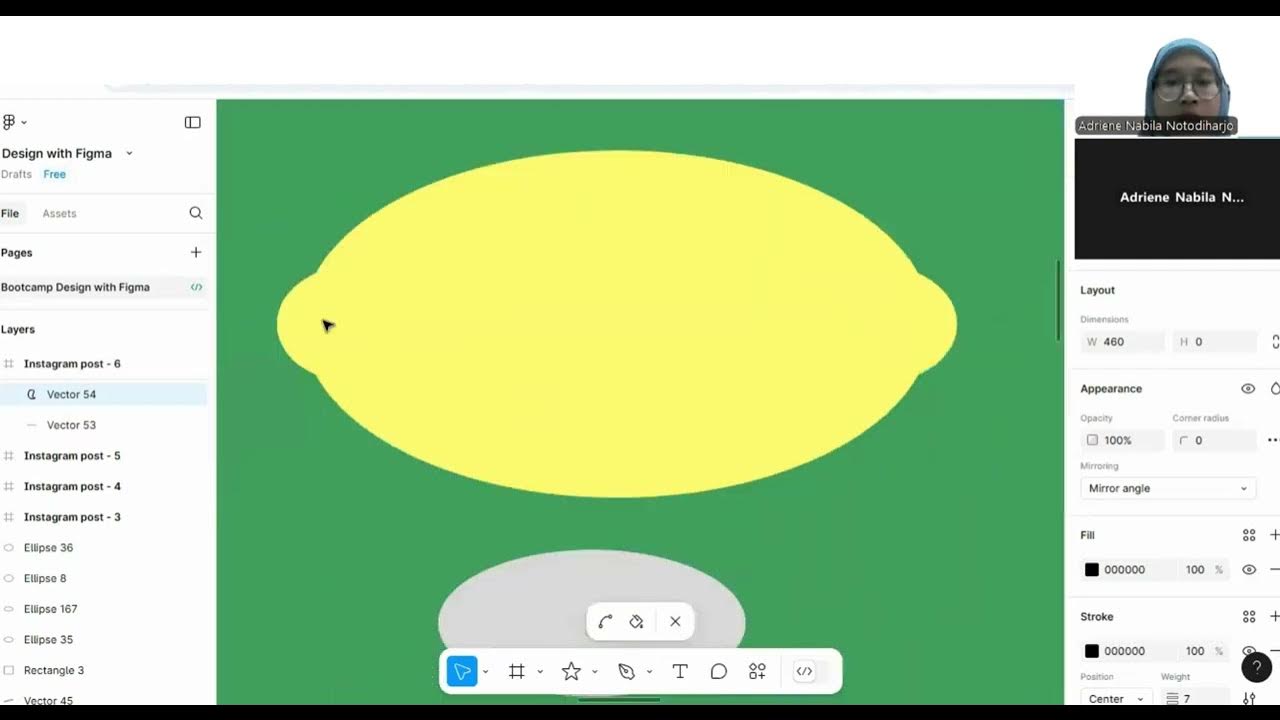Using a Micropipet
Summary
TLDRThis video tutorial instructs on using an adjustable micropipette, a vital tool in molecular biology labs for precise liquid measurements. It covers the pipette's parts, volume ranges, and tips for different applications. The process includes setting the volume, attaching a tip, drawing up liquid to the first stop, and dispensing it completely at the second stop. Specialized tips like aerosol barriers and gel-loading tips are also mentioned.
Takeaways
- 🧪 **Micropipette Usage**: Micropipettes are essential tools in molecular biology labs for measuring and transferring small liquid volumes.
- 🔧 **Parts of a Micropipette**: Key components include the plunger button, tip ejector button, volume adjustment knob, digital display window, shaft, and ejector arm.
- 🌡️ **Volume Range**: Micropipettes have specific volume ranges indicated on the plunger button, with common ranges being 0.5-10 μl, 2-20 μl, 20-200 μl, and 100-1000 μl.
- 💧 **Tip Selection**: Choose the correct tip size and type for the sample volume and pipette range; standard tips come in three sizes and specialized tips are available for specific purposes.
- ⚙️ **Setting the Volume**: Adjust the volume by turning the knob until the desired volume is displayed in the digital window.
- 🔴 **Reading the Display**: Volume is read from top to bottom, with the bottom digit indicating tenths of a microliter for certain pipettes.
- 📌 **Applying the Tip**: Gently but firmly attach the disposable tip to ensure an airtight seal.
- 👆 **Plunger Operation**: Press the plunger button to the first (soft) stop for calibrated measurement, and to the second (hard) stop for complete liquid dispensing.
- 💉 **Sampling Procedure**: Press the plunger to the first stop, insert the tip into the sample tube near the bottom, and release the plunger to withdraw the sample.
- 🗑️ **Transferring the Sample**: Place the tip into a new microtube and depress the plunger button, pausing at the first stop, then continue to the second stop to expel the sample.
- 🔄 **Post-Transfer**: While holding the plunger button down, remove the tip from the microtube and release the button once outside.
Q & A
What is a micropipette used for in a molecular biology laboratory?
-A micropipette is used to measure and transfer small volumes of liquid in a molecular biology laboratory.
What are the main parts of an adjustable micropipette?
-The main parts of an adjustable micropipette include the plunger button, tip ejector button, volume adjustment knob, digital display window, shaft, and ejector arm.
What does the plunger button on a micropipette do?
-The plunger button is used to fill and dispense samples.
What is the purpose of the tip ejector button on a micropipette?
-The tip ejector button is used to remove used tips from the micropipette.
How is the volume of liquid to be transferred set on a micropipette?
-The volume is set by turning the volume adjustment knob until the desired volume appears in the digital display window.
Where can the volume range for a micropipette be found?
-The volume range for a micropipette can be found on the top of the plunger button.
What are the most commonly used ranges for micropipettes?
-The most commonly used ranges for micropipettes are 0.5 to 10 microlitres, 2 to 20 microlitres, 20 to 200 microlitres, and 100 to 1000 microlitres.
What are the three standard sizes of pipette tips used for general pipetting?
-The three standard sizes of pipette tips for general pipetting are 0.5 to 10 microlitres, 2 to 20 microlitres, and 20 to 200 microlitres.
What is the function of an aerosol barrier tip?
-An aerosol barrier tip has a sterile filter to prevent contamination when transferring samples.
How should you hold the micropipette when obtaining a sample?
-You should hold the micropipette with your thumb on the plunger button and wrap your fingers around it.
What does the first or soft stop on the plunger button represent?
-The first or soft stop on the plunger button represents the calibrated measurement of the volume set on the micropipette.
How do you complete the transfer of a sample using a micropipette?
-To complete the transfer of a sample, place the micropipette tip into a fresh microtube, slowly depress the plunger button, pause at the first stop, then continue depressing until the second stop.
Outlines

Dieser Bereich ist nur für Premium-Benutzer verfügbar. Bitte führen Sie ein Upgrade durch, um auf diesen Abschnitt zuzugreifen.
Upgrade durchführenMindmap

Dieser Bereich ist nur für Premium-Benutzer verfügbar. Bitte führen Sie ein Upgrade durch, um auf diesen Abschnitt zuzugreifen.
Upgrade durchführenKeywords

Dieser Bereich ist nur für Premium-Benutzer verfügbar. Bitte führen Sie ein Upgrade durch, um auf diesen Abschnitt zuzugreifen.
Upgrade durchführenHighlights

Dieser Bereich ist nur für Premium-Benutzer verfügbar. Bitte führen Sie ein Upgrade durch, um auf diesen Abschnitt zuzugreifen.
Upgrade durchführenTranscripts

Dieser Bereich ist nur für Premium-Benutzer verfügbar. Bitte führen Sie ein Upgrade durch, um auf diesen Abschnitt zuzugreifen.
Upgrade durchführenWeitere ähnliche Videos ansehen
5.0 / 5 (0 votes)






